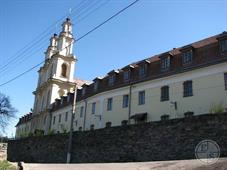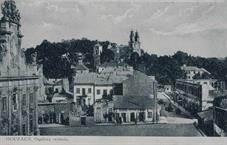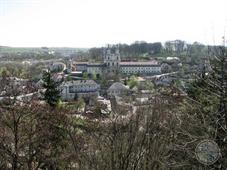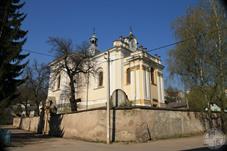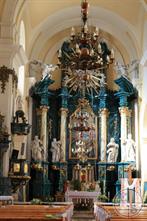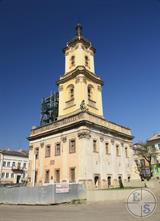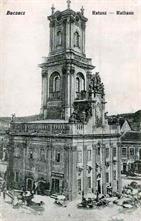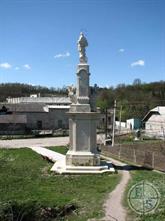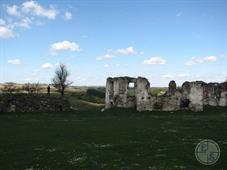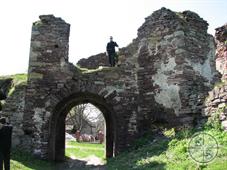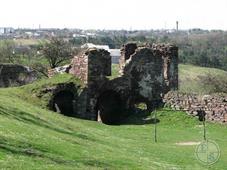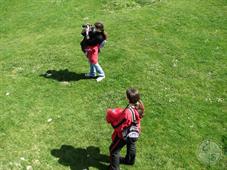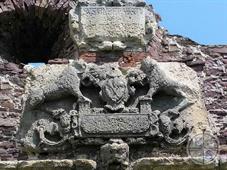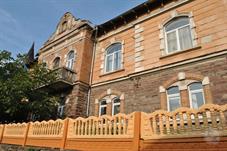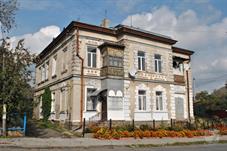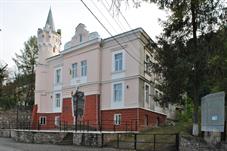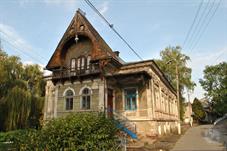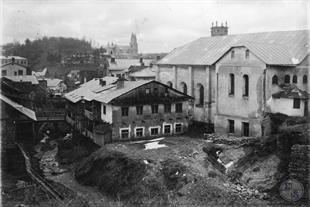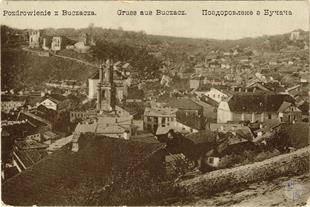Buchach
Ternopil region
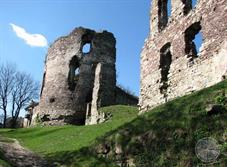 |
 |
 |
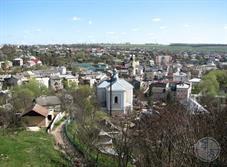 |
| The castle was built by the Buchatsky in 1379 | Panorama from Castle Hill | ||
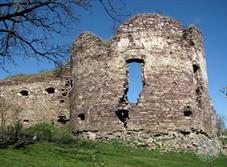 |
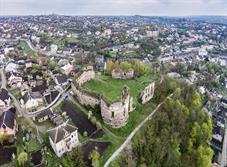 |
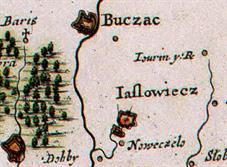 |
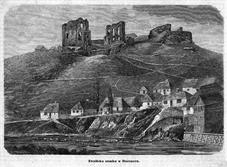 |
| Buchach on the map of Boplan |
 |
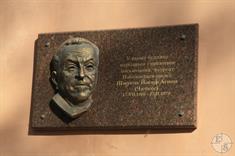 |
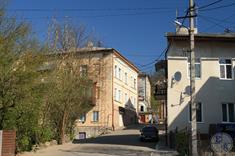 |
| The house where Sh.Y.Agnon lived | ||
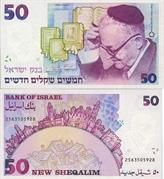 |
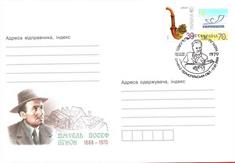 |
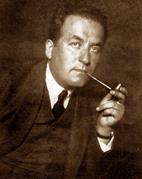 |
| Agnon on a banknote of 50 shekels | Ukrainian postal envelope, the theme is dedicated to the 120th anniversary of the writer | Shmuel Yosef Agnon |
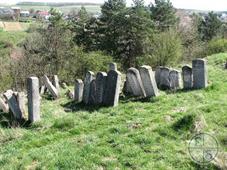 |
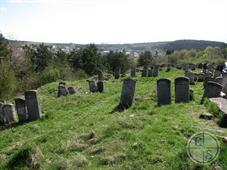 |
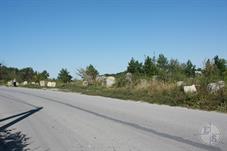 |
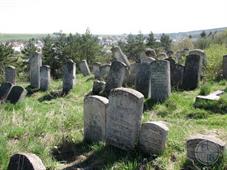 |
| Old Jewish Cemetery | |||
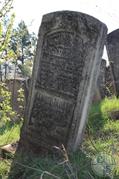 |
 |
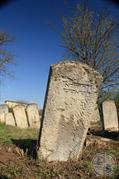 |
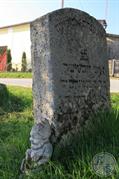 |
| There are inscriptions on the matzevas in German | And here lives a local cemetery leprechaun) |
Photos:
- Eugene Shnaider
- Українські Архітектурні Пам'ятки. Спадщина. Бучач
- Українські Архітектурні Пам'ятки. Спадщина. Підзамочок
- Urbański W. Przewodnik po powiecie buczackim. Buczacz, 1931
- Jewish heritage Europe building works discover remnants of Great Synagogue of Buchach
- Eugene Shnaider
- Українські Архітектурні Пам'ятки. Спадщина. Бучач
- Українські Архітектурні Пам'ятки. Спадщина. Підзамочок
- Urbański W. Przewodnik po powiecie buczackim. Buczacz, 1931
- Jewish heritage Europe building works discover remnants of Great Synagogue of Buchach
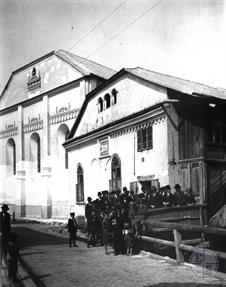 |
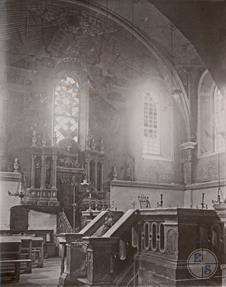 |
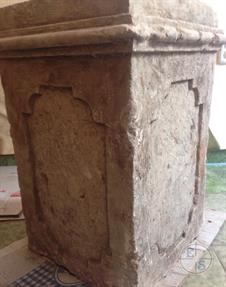 |
| Synagogue and beit-midrash in Buchach, beg. 20th century | The interior of the synagogue in Buchach, beg. 20th century | Discovered bima fragment |
The first written mention of the city dates back to 1397. Buchach belonged to the Lithuanian magnates Buchatsky, hence the name.
In 1672, Hetman Pyotr Doroshenko, in the company of the Turkish Sultan Mehmet-4, recaptured Kamenets-Podolsky and Buchach from the Poles. The city is famous for the fact that here, on October 18, 1672, a peace treaty was signed between the Commonwealth and the Ottoman Empire, which became known as the "Buchach Peace". The border between the states passed along the river Strypa and divided the city into two parts: eastern - Turkish and western - Polish.
The Turks sat in half of Buchach for 11 years. In 1683, the Poles, together with the hetman Sahaidachny (who, as we see, had political views somewhat at odds with the Doroshenkos) defeated the Ottomans near Khotyn, and the Treaty of Buchach became invalid.
In 1772, after the first partition of Poland, Buchach became the territory of Austria, and in 1867 - of Austria-Hungary. In 1809-1815. Buchach belonged to the Russian Empire. During the First World War, from 1914 until 1917, the city was again occupied by the Russian army, but then the Austrians (together with the Hungarians) and the Germans returned once again.
In 1919, after the short existence of the WUPR (Western Ukrainian People Republic), the city was once again occupied by the Poles. But already in 1939, after the signing of the Ribbentrop-Molotov Pact, Buchach became Soviet.
In 1672, Hetman Pyotr Doroshenko, in the company of the Turkish Sultan Mehmet-4, recaptured Kamenets-Podolsky and Buchach from the Poles. The city is famous for the fact that here, on October 18, 1672, a peace treaty was signed between the Commonwealth and the Ottoman Empire, which became known as the "Buchach Peace". The border between the states passed along the river Strypa and divided the city into two parts: eastern - Turkish and western - Polish.
The Turks sat in half of Buchach for 11 years. In 1683, the Poles, together with the hetman Sahaidachny (who, as we see, had political views somewhat at odds with the Doroshenkos) defeated the Ottomans near Khotyn, and the Treaty of Buchach became invalid.
In 1772, after the first partition of Poland, Buchach became the territory of Austria, and in 1867 - of Austria-Hungary. In 1809-1815. Buchach belonged to the Russian Empire. During the First World War, from 1914 until 1917, the city was again occupied by the Russian army, but then the Austrians (together with the Hungarians) and the Germans returned once again.
In 1919, after the short existence of the WUPR (Western Ukrainian People Republic), the city was once again occupied by the Poles. But already in 1939, after the signing of the Ribbentrop-Molotov Pact, Buchach became Soviet.
Buchach is one of the oldest Jewish centers in Galicia. Jews lived in Buchach from the very beginning of the city. Until the 17th century the community was subordinate to the kahal of Lvov (Lemberg), then became independent. In the middle of the 17th century. the Cossacks of B. Khmelnitsky, the Tatars destroyed and burned the city; along with the synagogue, the documents on the privileges of the Jews stored in it were destroyed. The Jews who did not have time to escape were killed.
In 1672, the Buchach peace was concluded in the city, according to which the Polish king Mikhail Vyshnevetsky ceded Podolia and Ukraine to the Turks. In 1699, after the return of the city to Poland, its owner Stefan Potocki renewed the privileges of the Jews. After that, the Jewish population began to increase rapidly: according to the 1765 census, there were 1055 Jews in Buchach, and 1358 in the entire district. The community occupied a prominent place in the voivodeship and was one of the largest after Lviv, Brody and Zhovkva.
In 1672, the Buchach peace was concluded in the city, according to which the Polish king Mikhail Vyshnevetsky ceded Podolia and Ukraine to the Turks. In 1699, after the return of the city to Poland, its owner Stefan Potocki renewed the privileges of the Jews. After that, the Jewish population began to increase rapidly: according to the 1765 census, there were 1055 Jews in Buchach, and 1358 in the entire district. The community occupied a prominent place in the voivodeship and was one of the largest after Lviv, Brody and Zhovkva.
In 1870, 6077 Jews (67.9% of the total population) lived in Buchach, engaged in various crafts (including tailoring, shoemaking and furrier crafts) and trade, as well as participating in monthly city fairs. The merchants of Buchach were famous for their wealth, wide connections, energy and resourcefulness.
By the beginning of the 20th century in Buchach there were about seven thousand Jews (57.3% of the total population). The mayor of Buchach for more than 30 years was the Jew Abish Stern. Since 1892, a Jewish school operated in Buchach, maintained at the expense of Baron Maurice de Hirsch; in 1908 there were 216 Jews out of 696 students in the Buchach Gymnasium.
Since 1907, a large Jewish printing house has been operating in Buchach, a weekly newspaper in Yiddish, Der Yidisher Veker, has been published.
In September 1939, Soviet troops occupied Buchach. Zionist leaders were arrested, many Jews were deported to the East, community institutions were liquidated. In 1939, a Yiddish school was opened in Buchach. The Jewish population of Buchach at that time was 4439 people.
By the beginning of the 20th century in Buchach there were about seven thousand Jews (57.3% of the total population). The mayor of Buchach for more than 30 years was the Jew Abish Stern. Since 1892, a Jewish school operated in Buchach, maintained at the expense of Baron Maurice de Hirsch; in 1908 there were 216 Jews out of 696 students in the Buchach Gymnasium.
Since 1907, a large Jewish printing house has been operating in Buchach, a weekly newspaper in Yiddish, Der Yidisher Veker, has been published.
In September 1939, Soviet troops occupied Buchach. Zionist leaders were arrested, many Jews were deported to the East, community institutions were liquidated. In 1939, a Yiddish school was opened in Buchach. The Jewish population of Buchach at that time was 4439 people.
July 5, 1941 Buchach was occupied by German troops. Only a small part of the Jews managed to evacuate. At the end of July 1941, a Judenrat was created in Buchach headed by M. Reich, chairman of the city's Jewish community until September 1939.
At the end of the summer of 1941, more than 300 Jews of Buchach were shot.
On December 1, 1941, a ghetto was created in Buchach, where Jews were brought from the surrounding towns - Golden Potok , Yazlovetsand others. At the end of 1941, an underground organization (about 300 people) was formed in the ghetto. In October-November 1942, more than three thousand Jews of Buchach were taken to the Belzec extermination camp. In February-July 1943, the remaining inhabitants of the ghetto were exterminated. A group of Jewish underground workers (40 people) went into the forests and joined the partisan unit of S. Kovpak.
In late 1944 - early 1945, about 500 Jews returned to Buchach, but most of them soon left the city.
According to the 1989 census, 13,700 people lived in Buchach, of whom less than 1% were Jews.
According to the all-Ukrainian census of 2001, Jews did not live here.
At the end of the summer of 1941, more than 300 Jews of Buchach were shot.
On December 1, 1941, a ghetto was created in Buchach, where Jews were brought from the surrounding towns - Golden Potok , Yazlovetsand others. At the end of 1941, an underground organization (about 300 people) was formed in the ghetto. In October-November 1942, more than three thousand Jews of Buchach were taken to the Belzec extermination camp. In February-July 1943, the remaining inhabitants of the ghetto were exterminated. A group of Jewish underground workers (40 people) went into the forests and joined the partisan unit of S. Kovpak.
In late 1944 - early 1945, about 500 Jews returned to Buchach, but most of them soon left the city.
According to the 1989 census, 13,700 people lived in Buchach, of whom less than 1% were Jews.
According to the all-Ukrainian census of 2001, Jews did not live here.
Synagogue and beit midrash
The synagogue was built in 1728-1748, the beit midrash was located nearby. The synagogue was damaged during the Second World War, after the war its ruins were dismantled. The Beit Midrash was destroyed in 2001.
In 2019, during the construction work on the site of the synagogue, a fragment of a bimah was found.
The synagogue was built in 1728-1748, the beit midrash was located nearby. The synagogue was damaged during the Second World War, after the war its ruins were dismantled. The Beit Midrash was destroyed in 2001.
In 2019, during the construction work on the site of the synagogue, a fragment of a bimah was found.
Buchach was the birthplace of Shmuel Yosef Agnon - one of the most famous Israeli writers, winner of the Nobel Prize in Literature in 1966. Shimon Wiesenthal was also born in Buchach.
A short walk with sightseeing. There is something to see here. The most famous masters of Ukrainian art lived and worked in Buchach - the "Ukrainian Michelangelo" sculptor John Georgy Pinzel and architect Bernard Meretin, the author of the Cathedral of St. Yur in Lviv. There are no Pinzel's works in Buchach, but there are copies of them. But there is a Meretin’s work - nobody couldn’t drag the City Hall somewhere...)
Before Buchach there is the village of Pidzamochok. From Buchach can be reached by minibus, or 20 minutes on foot. The name of the village speaks for itself (Under the castle). It was here in 1600. Jan Buchatsky erected a castle to protect the approaches to the main castle in Buchach. The castles were connected to each other by an underground passage.

- Home
- Shtetls
- Vinnytsia region
- Volyn region
- Dnipro region
- Donetsk region
- Zhytomyr region
- Zakarpattia region
- Zaporizhzhia region
- Ivano-Frankivsk region
- Kyiv region
- Kropyvnytskyi region
- Luhansk region
- Lviv region
- Mykolayiv region
- Odessa region
- Poltava region
- Rivne region
- Sumy region
- Ternopil region
- Kharkiv region
- Kherson region
- Khmelnytskyi region
- Chernihiv region
- Chernivtsi region
- Cherkasy region
- Crimea
- Synagogues
- Cemeteries
- Objects & guides
- Gallery
- History
- Contact
Jewish towns of Ukraine
Jewish towns of Ukraine
My shtetl
My shtetl
Donate
